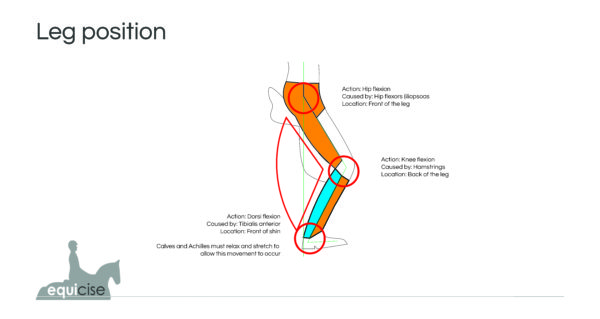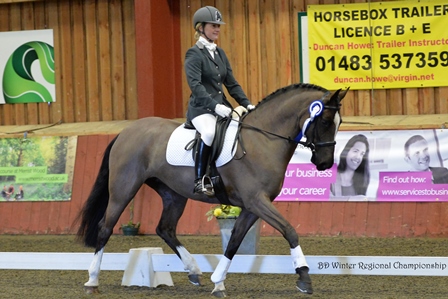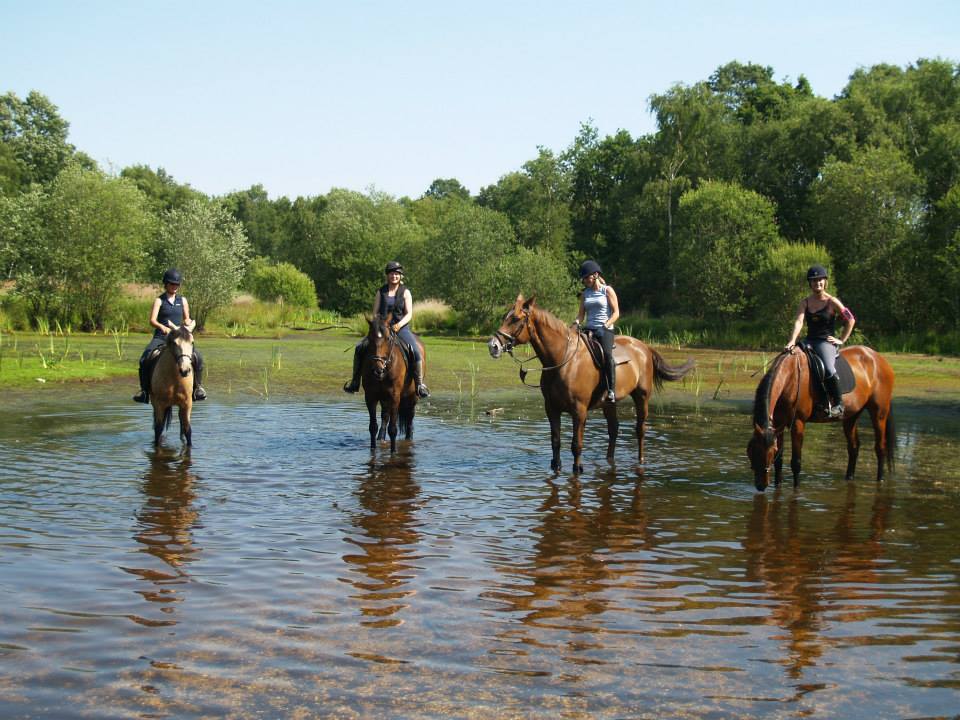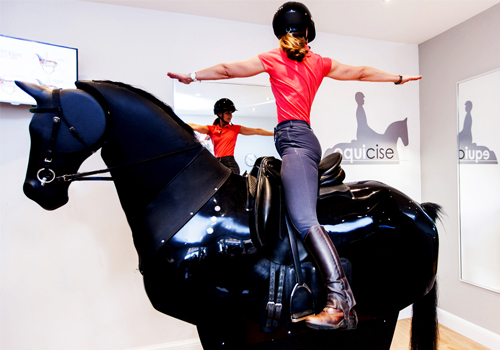20 Jun 1. How to be the best rider you can be: back to basics
Most riders recognise that there is room for improvement and want to do better. Taking instruction on horseback and understanding horse psychology along with the theory behind applying different aids can help enormously, but correct practice is of paramount importance, especially as we all have at least some bad habits that it will take time to eradicate. Going back to the basics may seem a retrograde step but in doing so, a rider can often discover very helpful new insights that may seem simple but that can make a huge difference to the horse’s performance. In these articles, we will take a look at various aspects of riding where improvements are often needed and can be achieved with determination – crucially, developing an independent seat. Among other topics, we will discuss what is needed to achieve the correct upper and lower body positons, better balance in the saddle, more accurate leg aids,...














